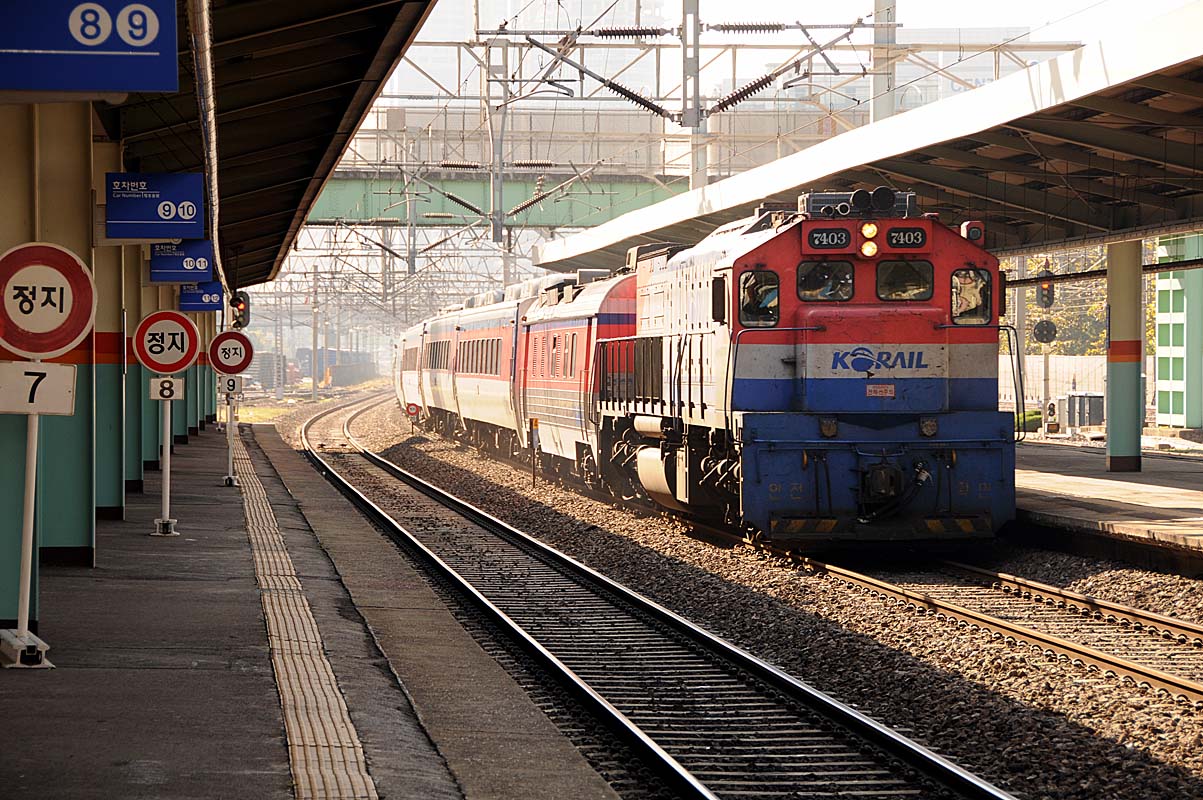In October, government officials announced the two countries would work to reconnect their long-disconnected roads and rail lines late this year. However, during a 10-day, 1,600-mile tour of the North’s railroads, South Korean inspectors found tired track and worn out bridges. According to the Korea Herald, track speed on some routes topped out at just above 10 mph. On other routes, track speeds of about 40 mph were reported.
Full restoration of the rail lines, built by Japan during its colonization of the Korean peninsula, could enable South Korea to have all-rail access to markets in China, Russia, and Europe. The links would also re-open cities and industrial regions in North Korea to the South’s economic influence.
The two countries are expected to hold a groundbreaking ceremony on Dec. 26 to mark the start of construction.















For shipping alternatives, as far north as S.Korea is, as well as Northern Europe (Rotterdam), I would think that shipping heading north through Bering Straits, then turning east, would be the fastest route. Present shipping has to go as far south as the Equator to dip around Singapore to head for Suez/Gibraltar. Is shipping through N. Korea really going to be trustworthy?
The NYT article states that transloading occurs twice–no mention of adjustable trucks.
“all-rail access to markets in China, Russia, and Europe.” Korean and Chinese railroads are standard gauge. Russian railroads are broad gauge. Any rail shipments to Europe from South Korea would require transloading twice.
North Korea sounds like Penn Central and a few more in the 1970’s.
They wouldn’t necessarily require trans-loading, just trucks that are adjustable. This is common.
China already exports some large, time sensitive merchandise to Europe via Kazhakhstan. It can be sent to Europe in two weeks instead of 6 via sea.
This article talks about it. From 5 years ago. This has only expanded since.
https://www.nytimes.com/2013/07/21/business/global/hauling-new-treasure-along-the-silk-road.html
There is serious concern in the South that this, and any infrastructure projects that they finance, will be built with slave labor, as is the custom in the North.